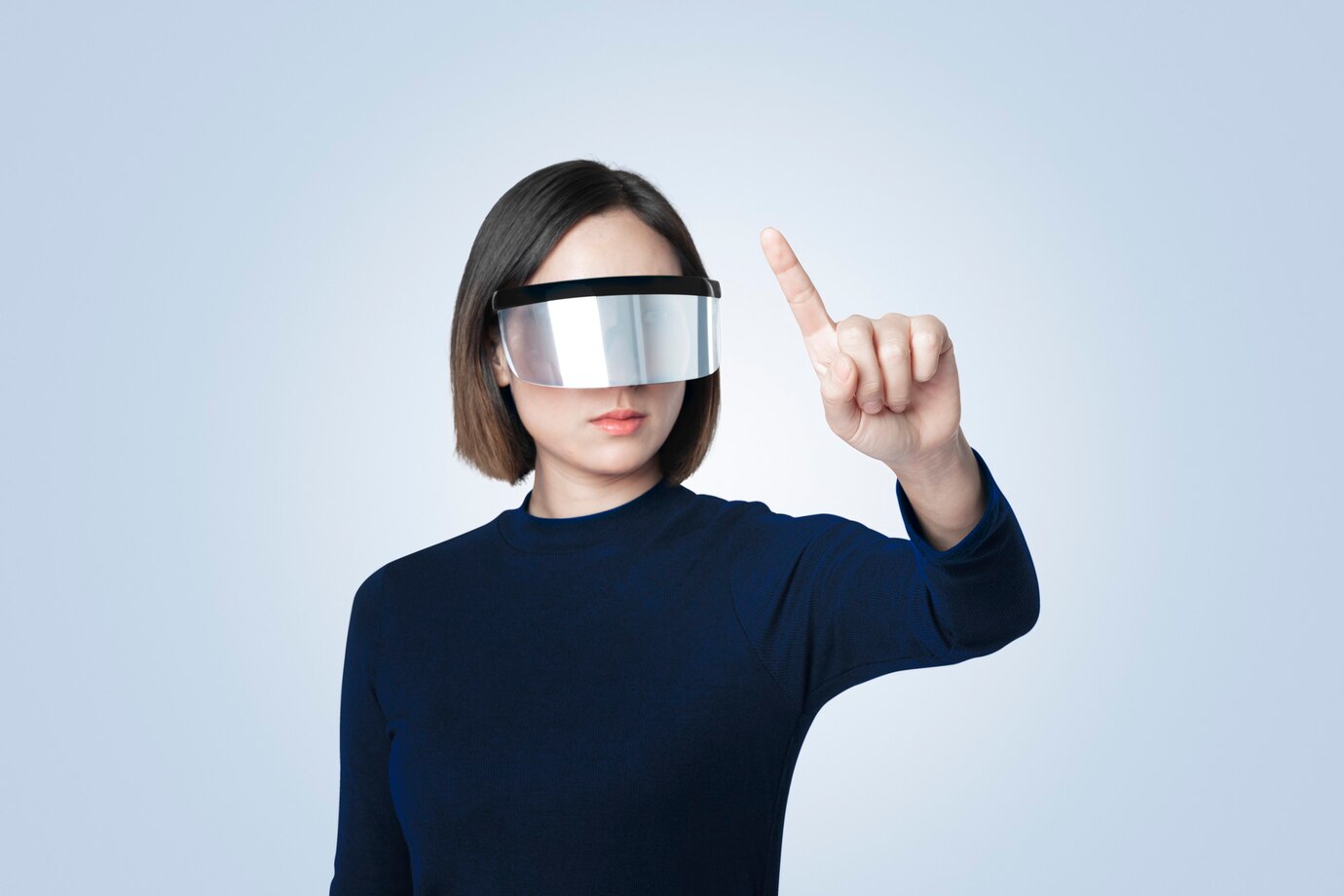Smart Glasses? What is it?
Smart glasses are wearable devices that incorporate technology to provide users with additional information, features, or capabilities while still functioning as regular eyeglasses. These devices typically have a display, camera, microphone, and other sensors integrated into the frame, allowing users to access digital information in a hands-free manner. Here are some key features and aspects of smart glasses:
- Display Technology:
- Smart glasses often include a small display positioned near the user’s field of vision. This display can be transparent, allowing users to see both the digital information and the real world simultaneously.
- Connectivity:
- Smart glasses are designed to connect to other devices, such as smartphones or tablets, via Bluetooth or Wi-Fi. This connectivity enables the glasses to receive and display relevant information from these devices.
- Camera and Sensors:
- Many smart glasses are equipped with built-in cameras, allowing users to capture photos and videos or engage in augmented reality experiences. Sensors like accelerometers and gyroscopes may also be included for gesture control and motion tracking.
- Voice Control and Audio Output:
- Voice recognition technology is often integrated into smart glasses, enabling users to control the device and interact with digital assistants through voice commands. Audio output may be provided through built-in speakers or bone conduction technology.
- Augmented Reality (AR) and Heads-Up Display (HUD):
- Some smart glasses offer augmented reality experiences, overlaying digital information onto the user’s view of the real world. This can include navigation directions, notifications, or contextual information related to the user’s surroundings.
- Health and Fitness Tracking:
- Some smart glasses include sensors for health and fitness tracking, such as heart rate monitors or step counters. This makes them useful for individuals who want to monitor their physical activity in real-time.
- Navigation and Location-Based Services:
- Smart glasses can provide turn-by-turn navigation, points of interest, and other location-based information, enhancing the user’s awareness of their surroundings.
- Enterprise and Industrial Applications:
- In the business and industrial sectors, smart glasses are used for hands-free applications. For example, they can assist workers in tasks like assembly, maintenance, and inspections by providing relevant information on the display.
- Fashion and Design:
- Companies are working to integrate smart technology seamlessly into stylish and fashionable eyewear. This approach aims to make smart glasses more appealing to a broader audience by considering both functionality and aesthetics.
Popular examples of smart glasses include Google Glass, Microsoft HoloLens, and various models from companies like Vuzix and Epson. While smart glasses have potential applications in various fields, their adoption is still evolving, and ongoing advancements in technology are likely to shape their future capabilities and features.




